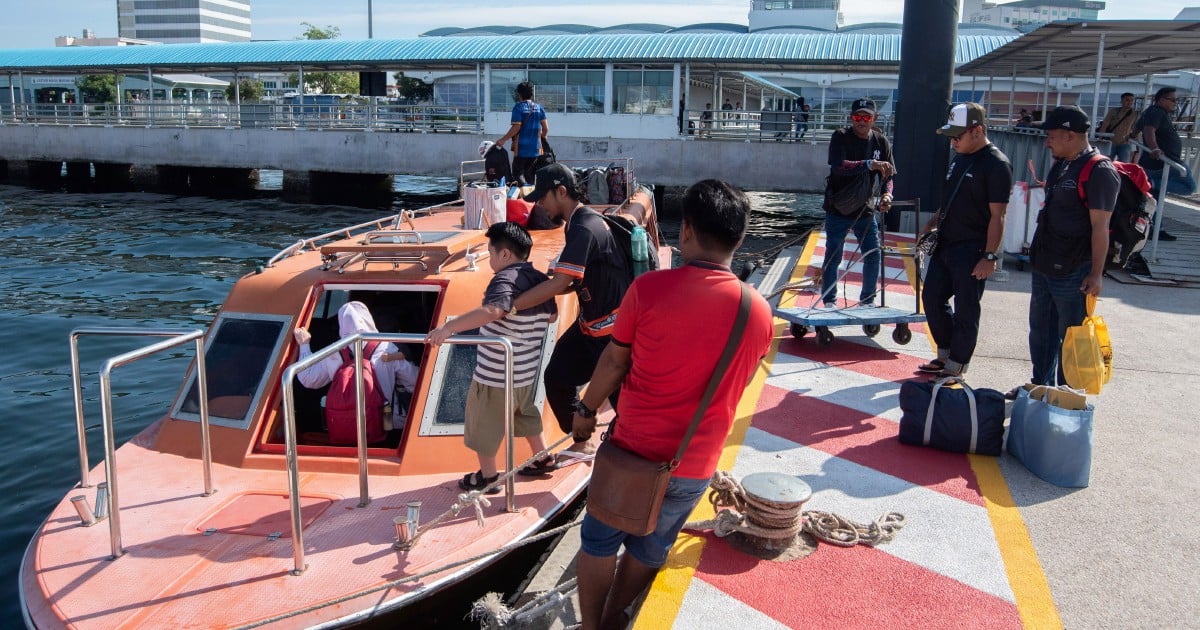Since the beginning of 2025, there has been a series of international and regional meetings in Kuching, mostly related to the fact that Malaysia is the Asean chair this year.
Asean-related summits and gatherings held in Sarawak have hitherto been few and far in between.
This year is different, I believe, largely because there has been a conscious effort on the part of the federal government to host such meetings outside Kuala Lumpur.
That so many are held in Kuching also attests to Putrajaya‘s proactive intent to make Sarawak feel it is not being left out of the mainstream of the nation’s life.
Such a laudable move is reinforced by Prime Minister Datuk Seri Anwar Ibrahim taking time out of his own summitry commitments in recent weeks hosting China President Xi Jinping and jetting off to Bangkok immediately after for a rather intense round of regional diplomacy.
The prime minister landed in Kuching on April 19 for a whirlwind visit related mostly to ongoing Hari Raya festivities.
He said in a speech that while Sarawak might have been “left behind in several areas, the situation has changed significantly”.
“Today, Sarawak stands among the top states in terms of benefits extended to the people, many of which are driven by the state government’s contributions,” said Anwar.
“Wherever I travel — be it Europe, China, Japan, or across Asean — Sarawak is increasingly seen as a state with significant potential to emerge as a regional hub,” he added.
Anwar was magnanimous enough to attribute much of this to Sarawak’s own efforts.
“Among all the states in Malaysia, Sarawak allocates the highest share of its own funds towards infrastructure projects such as bridges, highways and water supply systems.”
The prime minister was also briefed on Premier Tan Sri Abang Johari Openg’s other ambitious plans, including a new international airport and sea port near Kuching.
The new airport, if it materialises, will be a first to be financed by the state.
This is all well and good as it complements the state’s new airline, Air Borneo, which should be taking to the skies in fairly short order.
But federal support will be crucial since landing rights at airports outside the state are negotiated between national governments.
A recent report also suggests most regional airports are crowded, with limited new landing slots available. Air Borneo will thus have to compete with existing national airlines for its share of such slots.
Speaking of meetings and conferences, a RM550 million expansion is also in the works to double the capacity of the Borneo Convention Centre Kuching.
All these are timed more or less with Sarawak jointly hosting the next Southeast Asia Games with the federal government.
It will be most reassuring if both the state and federal governments are on the same page as Sarawak embarks on this new phase in its development aspirations.
While Sarawak has done much on its own to attract major conferences to the state, the federal government can also pull its weight to channel such events to Kuching as well.
Economic analysts recently cautioned that Kuching’s planned new airport may be plagued by overcapacity.
Casual observers also noted that the existing airport looks fairly adequate. All it needs is perhaps a further upgrade to increase its capacity.
Be that as it may, it is good to plan ahead provided the state has the capacity to finance its plans which must, nevertheless, be grounded in realistic projections of future needs.
* The writer views developments in the nation, region and the wider world from his vantage point in Kuching
© New Straits Times Press (M) Bhd






